
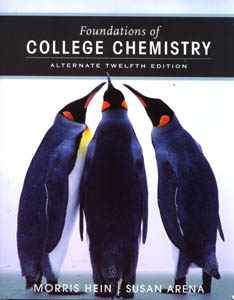
<-11th Edition 12th Edition->
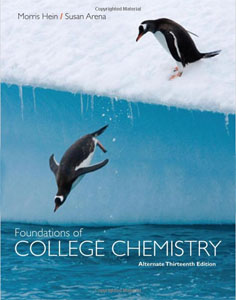
13th Edition
Instructions are given for the 11th, 12th, and 13 Editions of the textbook
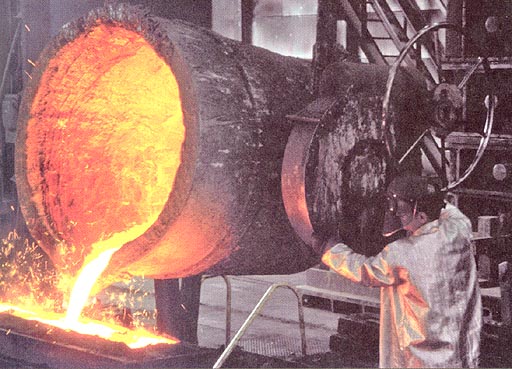
Chapter 4:
Properties of Matter:
11th & 12th Editions, p65-70
13th Edition, p61-66
Read the sections on Properties of Matter, Physical Changes, and Chemical Changes.
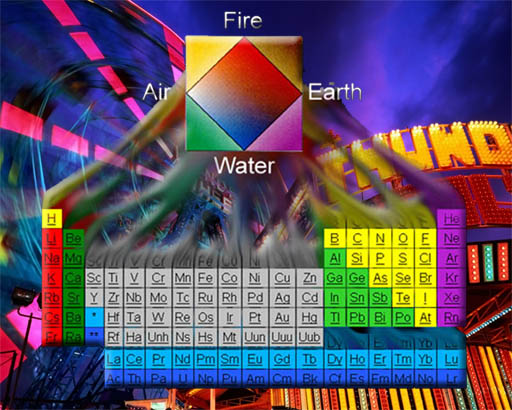
Remember the tutorial on Classifying: Calming the Chaos? That's where I talked about humans having a desire to classify things so it's more understandable. The Periodic Table of the Elements classified elements. Now we are classifying the properties that elements and compounds have.
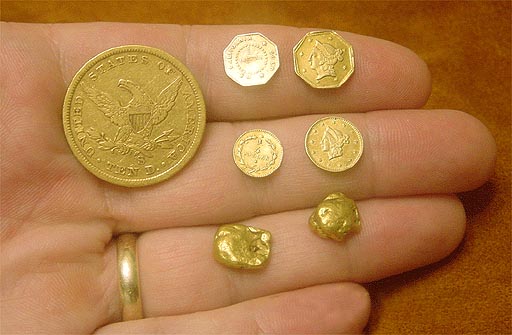
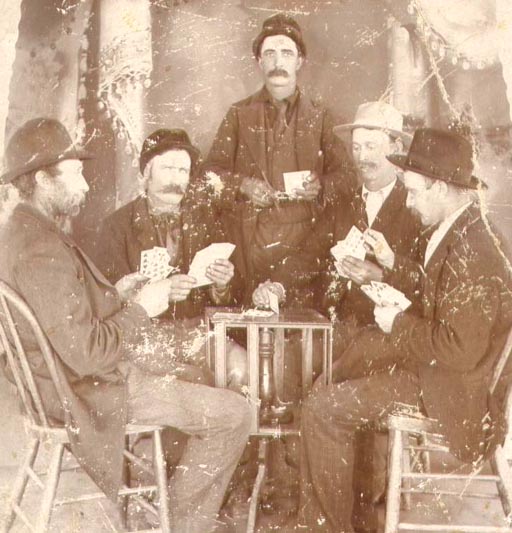
11th & 12 Editions, p67. 13th Edition, p63. The textbook makes an important statement about substances (element or compounds). It says:
"No two substances have identical physical and chemical properties."
This simple statement has valuable consequences. For example, these coins and nuggets are all made of gold. If someone tries to use some other substance in place of gold, then it will not have all the same physical and chemical properties of gold. It might look like gold and be heavy but it will not have all the properties of gold.
In the old days, when people used gold coins, they would test a suspicious coin by biting it. One of gold's physical properties was that it was softer than most metals. Also, the density (a physical property) of gold was higher than other metals, so that was another way to test it. A drop of strong acid would have no affect on gold (chemical property) but does on other metals. In other words, there are no other metals or alloys of metals that can have the same physical and chemical properties of gold. So a person who checks the suspicious gold against the physical and chemical properties of gold is guaranteed to find out if it's gold or not.
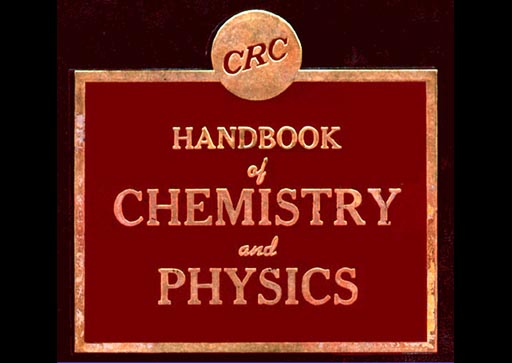
11th & 12th Edition, p66, Table 4.1.
The table in the textbook shows some physical properties
of a few items.
The Handbook of Chemistry and Physics has physical properties
of thousands of compounds. So this is a good resource. It's also online,
but it requires a subscription. For free online information, try Wikipedia.
For example, the textbook shows the physical properties of acetic acid.
Wikipedia also lists these physical properties and more. Plus it has a
section for chemical properties.
Problem
1a: Go to Wikipedia and report the density
of liquid acetic acid (it is liquid above 61°F). Note: g·cm-3
means grams per cubic centimeter. The negative exponent means it's in the denominator.
Problem
1b: At the same article on acetic acid, what is the boiling point of acetic acid in Fahrenheit?
Problem
1c: Which has a higher boiling point, water or acetic acid?

Problem 2: Tell me the boiling and melting points of mercury. Give temperature in Celsius (°C) and Fahrenheit (°F). These are the limits of a mercury thermometer.

11th Edition, p71, Table 4.2.
12th Edition, p71, Table 4.2.
One example given of chemical change is the boiling of an egg. It says
"Liquid white and yolk change to solids." By "Liquid white"
they mean "egg whites". Check out the article for "egg
white" at Wikipedia. Look at the section called "denaturation"
and "Egg white foam: Creating an egg foam" to see what
kind of chemical change is happening. The textbook mentions heating as
one way to bring about chemical change. Wikipedia also mentions heating,
but then mentions two other ways that proteins in egg whites get denatured,
which is a chemical change. Problem 3:
What are those two other ways?
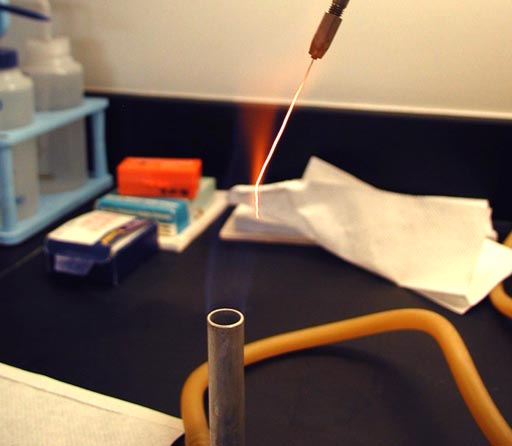
11th Edition, p77, Question 13.
12th Edition, p78, Question 3.
13th Edition, p74, Question 3 (paired exercises)
Problem 4: Cite the evidence that indicates that only physical changes occur when a platinum wire is heated in a Bunsen burner flame.
(Your answer to this will also help explain why platinum is a valuable metal.)

11th Edition, p77, Question 14.
12th Edition, , p78, Question 4.
13th Edition, p74, Question 4 (paired exercises)
Problem 5: Cite the evidence that indicates that both physical and chemical changes occur when a copper wire is heated in a Bunsen burner flame.
(Extra info: When copper is heated, there is a telltale color of turquoise in the flame. Electrons on the copper atoms are jumping out of their normal orbitals. When the electrons drop back into their normal orbitals they give off light with frequencies in the blue and green range)